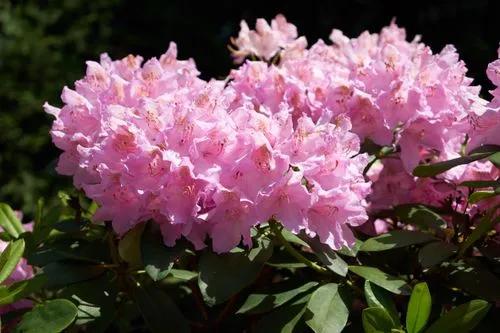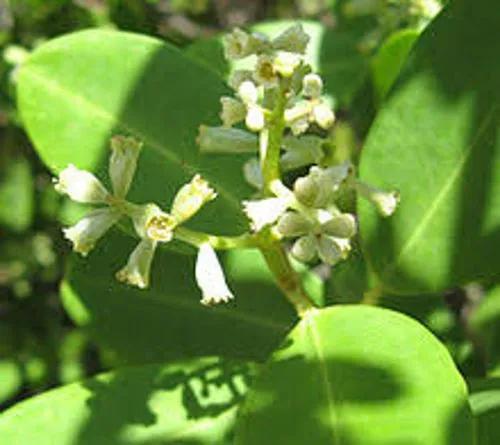Acer pentaphyllum, commonly called Chinese maple or five-lobe maple, is a small, vase-shaped, multi-stemmed, deciduous tree that typically matures over time to 20-30’ tall with a slightly narrower spread, but often grows much shorter as a shrub to 9-12’ tall. It is native to mixed forests and valleys in several hidden locations in a remote part of China located in southwestern Sichuan Province. This is an endangered species on the brink of extinction in the wild. Known populations at this time total fewer than 200 plants. Experts believe that survival is threatened by a combination of factors including habitat loss, animal grazing, harvest of woody fuel by local farmers, and fragmentation. This tree is andromonoecious (staminate and perfect flowers on the same tree). Small yellowish flowers (each having 5 petals, 8 stamens and glabrous filaments) bloom in late spring each year. Flowers are followed by fruits (samaras), with wing and nutlets to 1” long and wings spreading to 90 degrees. Opposite, palmately-compound, red-petioled, dark green leaves (each to 3” long) emerge late in spring each year. Each leaf has 5 (occasionally 7) very narrow, acuminate-tipped leaflets (to 3-4” long and 1/2” to 3/4” wide) which are divided to the petiole. Fall color ranges from yellow to orange to red. Unusual leaves more closely resemble the leaves of marijuana than of maple, thus leading to the sometimes used common name of marijuana maple for this tree.
Maple Care
Acer Pentaphyllum



What is the plant
How to Care for the Plant

Water

Medium

Sunlight

Full sun to part shade

Soil

Adaptable to a range of soil types once established, but prefers a moist, well drained soil.
Ease your plant care routine with PlantIn's personalized system.

Popularity

54 people already have this plant 4 people have added this plant to their wishlists
What's wrong with your plant?
Related Plants
Discover more plants with the list below
Related articles






